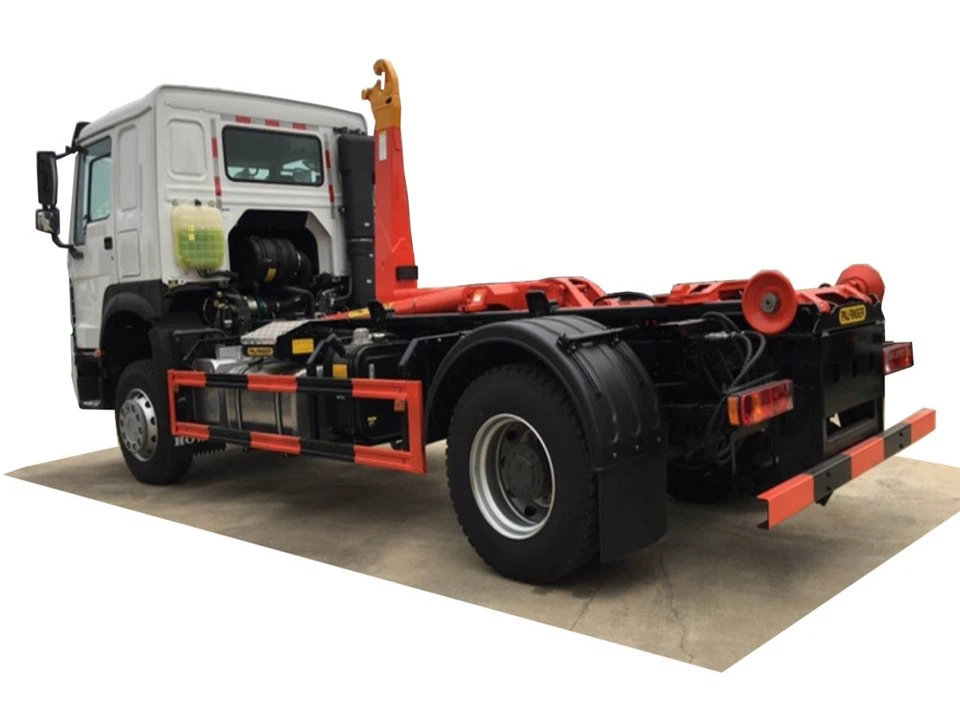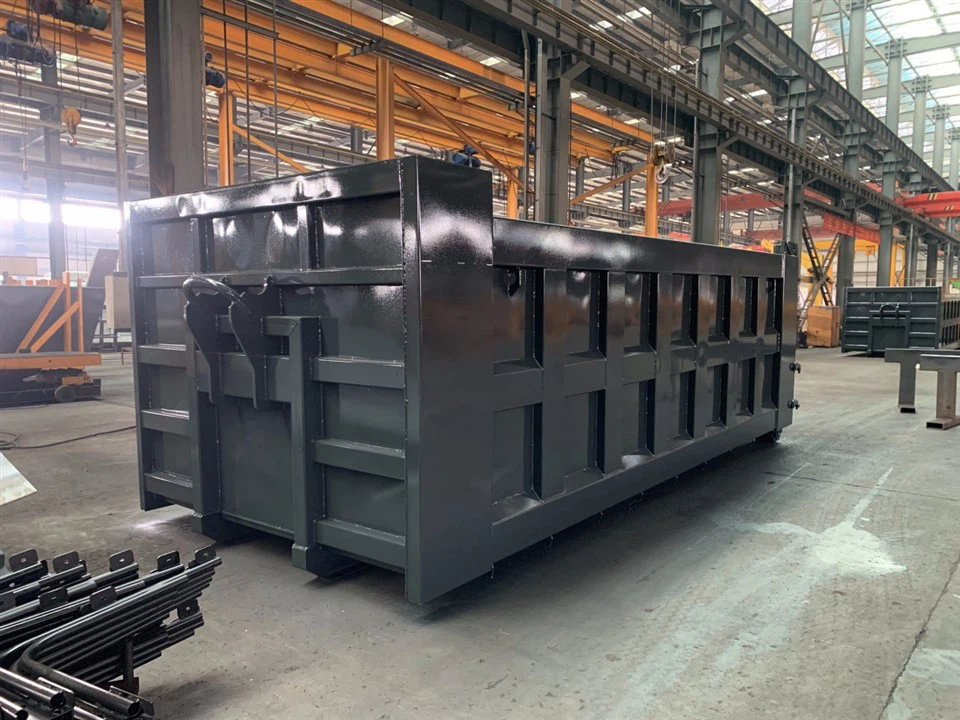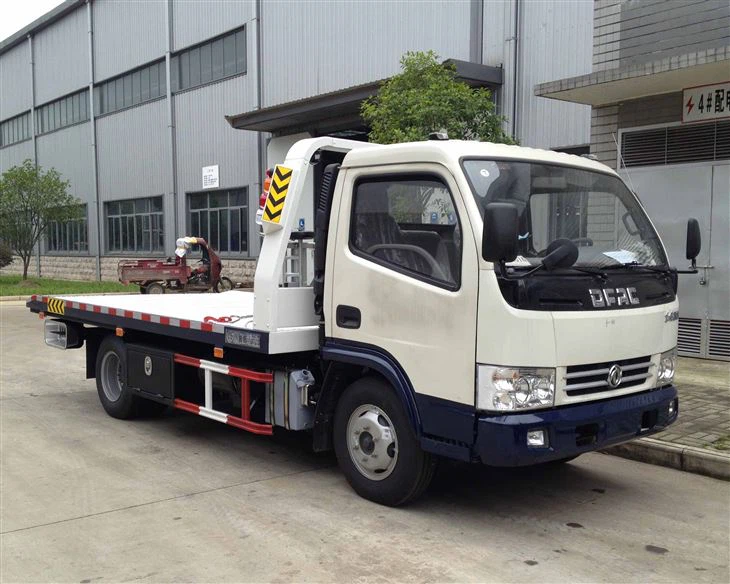How Much Trash Can a Trash Truck Hold? A Comprehensive Guide

Understanding the capacity of trash trucks is essential for efficient waste management. This article delves into various aspects of trash trucks, including their types, capacities, designs, and the factors that influence how much trash they can carry. We will also cover best practices for efficient waste disposal and answer common questions about trash truck capacities.
Understanding Trash Truck Capacities
What Is a Trash Truck?
A trash truck is a specialized vehicle designed to collect waste from residential and commercial areas. These trucks are equipped with lifting mechanisms for bins and compaction systems to maximize their waste capacity.
Typical Capacity of Trash Trucks
The capacity of trash trucks can vary widely based on their type and design. On average, residential trash trucks can hold anywhere from 10 to 30 cubic yards of waste.
Types of Trash Trucks
- Rear Loader: Common in residential areas, these trucks typically have a capacity of 20 to 30 cubic yards.
- Front Loader: Used for commercial waste collection, they can hold 30 to 40 cubic yards.
- Side Loader: Ideal for automated waste collection, these trucks usually have a capacity between 20 to 25 cubic yards.
- Roll-off Trucks: These trucks transport large containers for construction or renovation debris, with capacities ranging from 10 to 40 cubic yards.
Factors Affecting Trash Truck Capacity
Truck Design and Structure
The design of the trash truck plays a crucial role in its capacity. The size, shape, and mechanism of collection impact how much waste the truck can hold. For instance, trucks with more advanced compaction systems can carry more trash due to the reduced volume of loose waste.
Type of Waste Collected
The type of waste being collected can also influence capacity. Compactable waste (like general waste) allows for more volume compared to non-compactable waste (like bulky furniture). For example, when collecting recyclable material, the truck might not utilize its full capacity due to the space taken up by bulky items.
Impact of Local Regulations
Local waste management regulations may dictate how much waste can be collected per stop, thereby indirectly influencing the overall capacity utilized by the truck. Some jurisdictions impose weight limits that can also affect how much waste a truck can pick up in one run.
Best Practices for Efficient Trash Collection
Optimizing Collection Routes
Efficient routing can help trash trucks maximize their load capacity. Waste management companies often use route optimization software to plan the most effective collection routes, reducing fuel consumption and improving overall waste collection efficiency.
Training for Drivers and Operators
Proper training of trash truck drivers ensures they understand how to optimize the compaction systems and load trash efficiently. A well-trained driver can manage the vehicle in a way that utilizes its full capacity, preventing potential overflow and reducing trips.
Public Awareness on Waste Segregation
Encouraging residents to segregate their waste can help maximize the truck’s capacity. When recyclable materials are separated from general waste, the truck can focus on compacting more trash rather than wasting space with bins of recyclables.
Real-Life Examples of Trash Truck Capacity
| Type of Trash Truck | Typical Capacity (Cubic Yards) | Common Use |
|---|---|---|
| Rear Loader | 20-30 | Residential waste collection |
| Front Loader | 30-40 | Commercial waste collection |
| Side Loader | 20-25 | Automated collection systems |
| Roll-off Truck | 10-40 | Construction or bulky waste |
Impact of Technology on Trash Collection
Smart Waste Management Systems
Technology is revolutionizing trash collection, with applications that monitor fill levels in containers and optimize collection routes based on real-time data. Trucks equipped with GPS and IoT devices can provide insights into capacity utilization as well.
Advanced Compaction Mechanisms

Modern trash trucks are equipped with sophisticated compaction systems that can significantly increase their volume capacity. Some models can compress waste to up to one-third of its original volume, allowing them to carry more trash per trip.
Case Study: Successful Implementation

A waste management company in San Francisco introduced smart technology in their fleet, which resulted in a 20% increase in capacity utilization and a reduction in operational costs by 15%.
Environmental Considerations in Trash Collection
Reducing Carbon Footprint
Efficient trash collection helps reduce the carbon footprint associated with waste management. By maximizing capacity per trip, fewer trips are made overall, leading to lower emissions from trash trucks.
Promoting Recycling and Composting
Incorporating recycling and composting into waste collection strategies can help reduce the amount of waste that ends up in landfills. This not only maximizes the truck’s capacity but also benefits the environment.

FAQs About Trash Truck Capacity
How many tons can a trash truck hold?
Most standard trash trucks can hold between 10 to 20 tons of waste, depending on the truck type and local regulations.
What is the average number of stops a trash truck makes?
On average, a trash truck makes about 500 to 1,000 stops per route, depending on the density of the area and the size of the truck.
How often do trash trucks come to residential areas?
This varies by location, but typically, most residential areas receive trash pickup once a week, while some may have bi-weekly or more frequent collections.
What happens if a trash truck exceeds its capacity?
If a trash truck exceeds its capacity, it can lead to overflow, damage to the truck, and potential fines. Waste management companies monitor load levels closely to avoid these issues.
How do companies determine which truck to use for a specific job?
Companies determine the appropriate truck based on factors such as the type and volume of waste, collection area, and specific customer requirements.
Can trash trucks collect hazardous waste?
Most standard trash trucks are not equipped to handle hazardous waste. Specialized trucks are required for the collection of such materials, adhering to strict regulations.
Conclusion
Understanding how much trash a trash truck can hold is crucial for effective waste management. By considering the type of truck, factors influencing capacity, and best practices for collection, we can work towards more efficient and sustainable waste management solutions.
